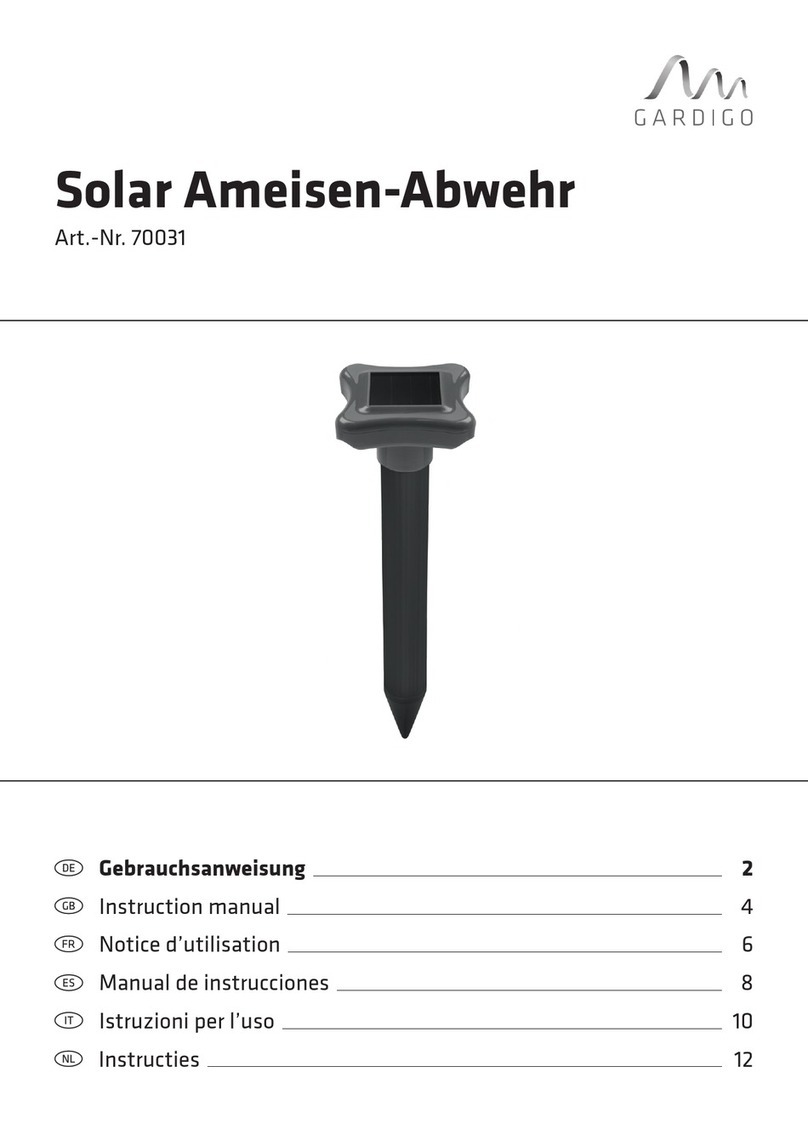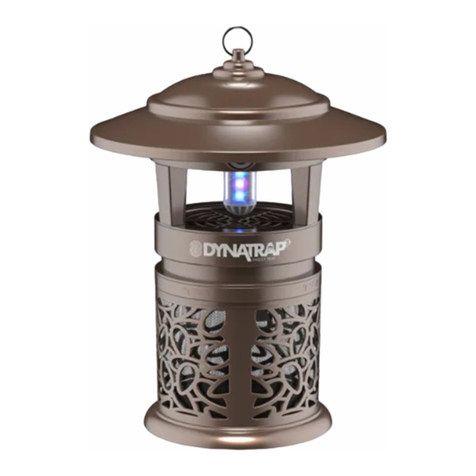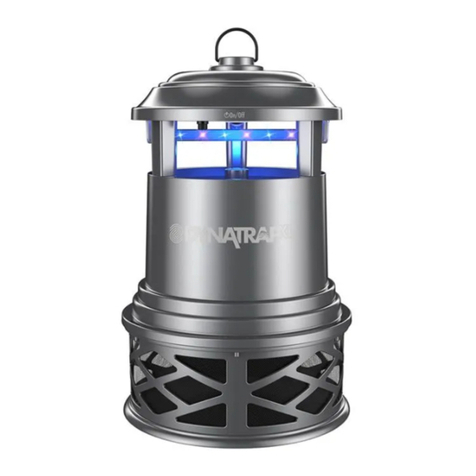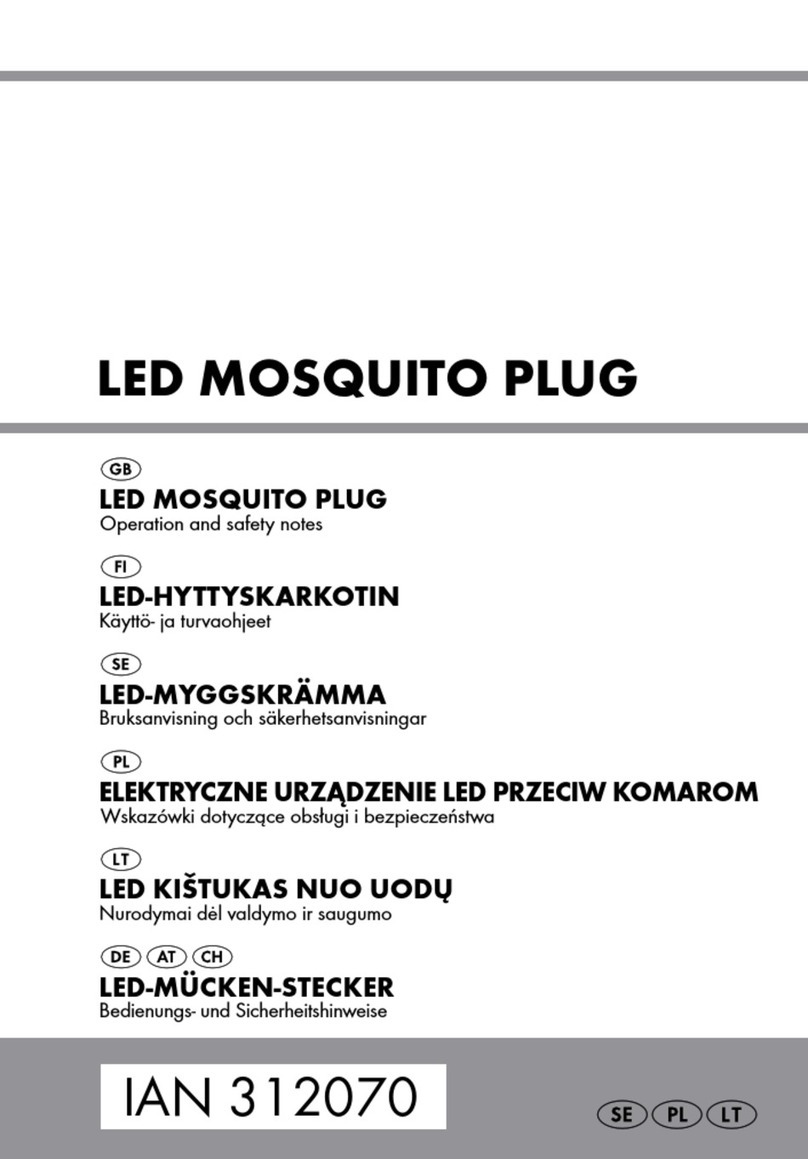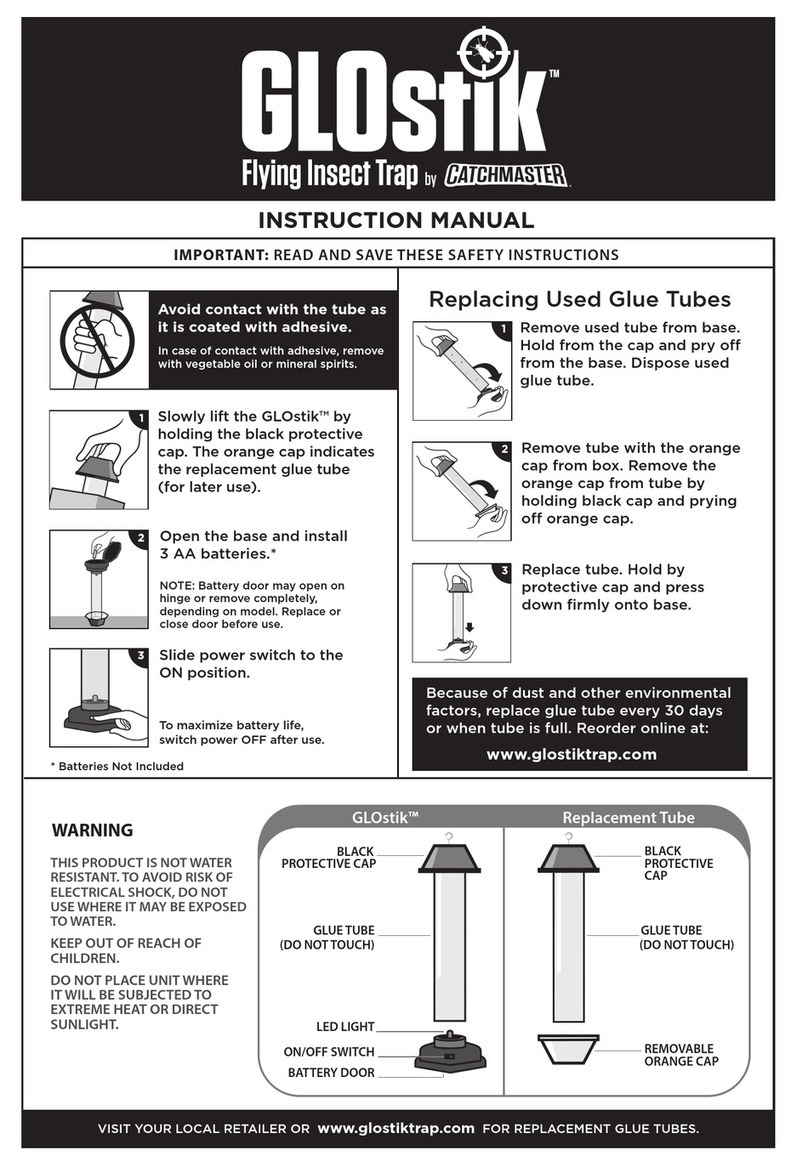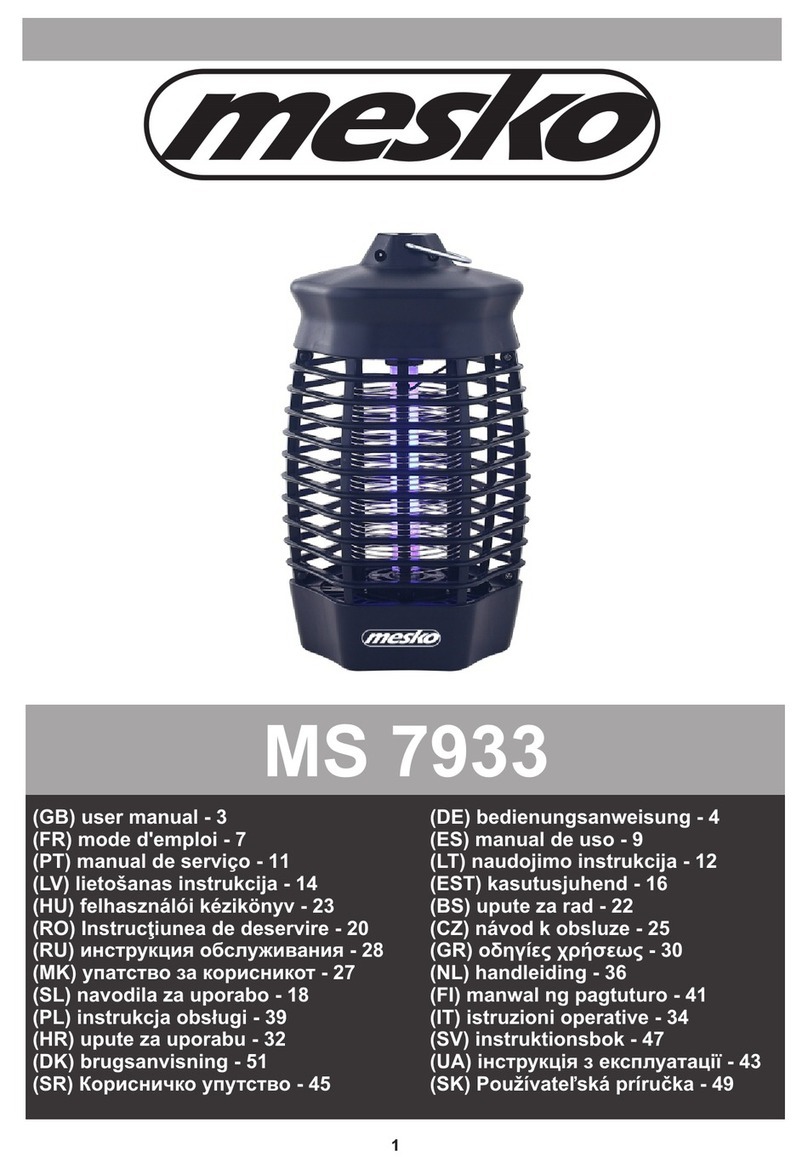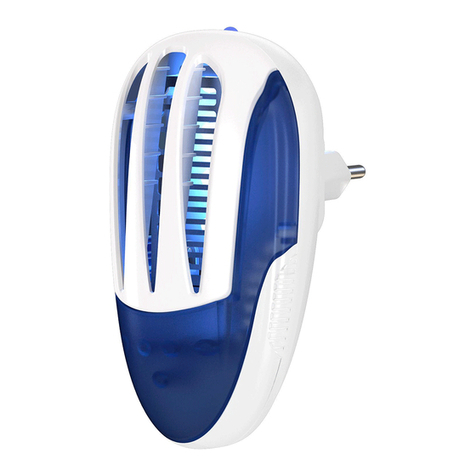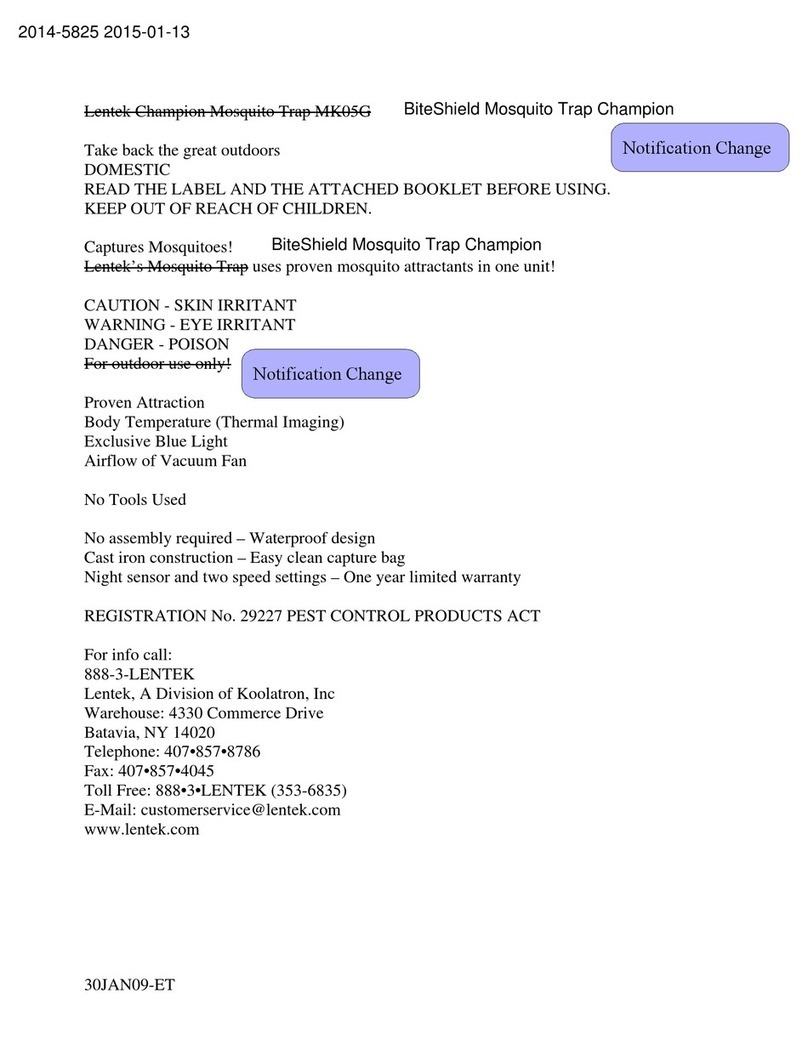Sterimax SP-4.5 User manual

Ultra Low Volume Fogger
SUITABLE FOR RAPID DEEP DISINFECTION OF:
OFFICES, SCHOOLS, COLLEGES, WAREHOUSES,
SHOPS, BANKS, HOTELS, B&Bs, BARS, RESTAURANTS,
SURGERIES, DENTAL PRACTICES, BUSES, TAXIS,
PRIVATE CARS, COMMON ACCESS AREAS,
WAITING ROOMS, PUBLIC CONCOURSES,
CARE HOMES, RESIDENTIAL PROPERTIES
AND MANY OTHER LOCATIONS
User Guide
Please read before use
Model SP-4.5

Technical Specifications
➢ Power rating:1400 watts
➢ Voltage: 220-240V
➢ Plug: UK 3-pin
➢ Electrical Lead Length: approx 5m
➢ Spray Volume Rate: 150-260ml/minute
➢ Max spraying range (with no wind or other airow): 8m
➢ Spray Fluid Tank Capacity: 4.5 litres
➢ Net Weight (dry without uid):2.9kg
➢ Dimensions (cm) approx: 33 x 20.5 x 43
➢ Brand: Sterimax
➢ Model: SP-4.5
➢ European Conformity Certication: CE
➢ Made in China
Figure 1
1
Flow control screws
Spray output nozzle
On/o switch
Top section
Spray Angle Pivot
Fluid reservoir cap
Fluid reservoir

Introduction
Thank you for purchasing this electric fogging machine. This
machine atomises liquid chemical products in order to create and
distribute a pervasive ne fog to a wide-area target environment.
The most common uses for this equipment are:
✓ deep-clean disinfection of industrial, commercial, educational
and residential locations to protect humans against viral and
bacterial infection.
✓ Insecticidal and pesticidal spraying in horticultural and
agricultural locations.
Obviously the operator needs to use an appropriate chemical
solution to achieve their required objective. If you are planning
to use this machine for the purposes of deep-clean disinfection
against viruses or bacteria within a workplace, public facility,
residential or other setting then please see page 6 for further
assistance on choosing the correct chemical product.
Please note that the fog droplets emitted by the machine will
not suspend in the air for more than a minute. However when it
settles it will contact every exposed surface in a way that would
be impossible with a more traditional“spray and wipe” cleaning
method – including soft furnishings, carpets, walls, windows,
ceilings, doors & door handles and any high touch objects where
viruses and bacteria may be lurking.
We hope you love the eectiveness and the speed at which
this machine can complete its task. As with all other industrial
cleaning equipment however, please read the instructions before
use, handle the machine carefully, wear correct PPE to avoid
inhaling the fog during use and ensure it is not operated in the
direct presence of other humans or animals.
2

1) Unscrew Fluid Reservoir
Cap and fill reservoir with
appropriate chemical fluid up
to a maximum 4.5 litres.
➢ if the uid that you will be
using requires dilution then
predilute in an appropriate
mixing container such as
large jug before pouring into
the uid reservoir.
2) Replace Fluid Reservoir Cap
tightly, ensuring it is completely
air tight.
3) Connect power supply to the
supplied plug-in RCD (Residual
Current Device) and plug the
RCD into a wall plug socket.
Press reset button on the RCD to
ensure it is live.
4) Ensure the Flow Control
Screw is opened at least 3
full turns from the closed
position (anticlockwise will
increase output fog volume and
clockwise will reduce it).
5) Hold machine level and press
the On/O Switch to the On
position.
6) Re-adjust Flow Control Screw
to achieve the required fog
output ow
7) Spray in a smooth motion,
not aggressively rocking the
machine or tilting the reservoir
backwards (as that will cause
intermittent supply of uid to
the pick-up pipe in the Fluid
Reservoir).
8) To alter angle of spray
upwards or downwards simply
change the angle of the Top
Section using the Spray Angle
Pivot.
9) When machine is operating
keep the Fluid Reservoir tilted
slightly downwards towards
the front of the machine to
ensure the suction pick up
tube located beneath the Flow
Control Screw is continuously
fed with uid.
10) Cordon off the sprayed
area for at least 15-20 minutes
to allow disinfection to be
completed.
11) For common high touch
areas such as door handles
and work surfaces continue to
frequently manually disinfect
with spray & wipe cleaning
techniques in addition to
fogging as per normal or
enhanced cleaning routines.
Instructions for Use Refer to Figure 1 as required
3

Emptying and Cleaning
Once operation has nished it is strongly recommended to empty
the uid reservoir of any remaining chemical uid back into its
original container.
Then add about 1 litre of water into the uid reservoir and spray in an
outdoor area for 1-2 minutes to rinse any residual chemical uid out
of the internal parts of the appliance.
Finally, empty any residual water from the uid reservoir after
cleansing, ready for the next use.
This will greatly prolong the life of the machine as some chemicals
may degrade the internal tubes and moving parts if they are not
rinsed out during down-time.
Disinfection times:
Surfactant disinfectants will normally kill bacteria within a minute of
contact. Data on viruses is less common but it is considered to take
up to 5 minutes after contact to destroy a virus.
Wetness and drying time:
Under low to medium settings and spraying within ambient
indoor locations of between 18 and 22ºC all surfaces sprayed will
be dry to the touch within 5 to 8 minutes. This includes both hard
surfaces such as oors / doors / walls and soft surfaces such as
carpets /chairs /curtains.
Visual residue on glass and mirrors:
Some disinfecting chemicals may leave a slight smear appearance
on mirrors and glass after drying. This actually provides a good
visual indication of eective coverage. These surfaces can easily be
wiped clean with a microbre cloth or similar after about 10 minutes
without having any negative impact on the disinfection process.
Be Aware
4

➢ Never operate this equipment directly from an electrical plug
socket without rst connecting it to a plug-in Residual Current
Device (RCD) which will prevent serious injury or death in the
event of an electrical malfunction.
➢ Do not operate this machine for more than 20 minutes
continuously. Leave to fully cool between periods of extended
use.
➢ Ensure the Fluid Reservoir Cap is screwed down tightly before
each use.
➢ Never spray ammable liquids, bleach, acid or other unsuitable
or dangerous liquids through this machine.
➢ Never spray a viscous liquid through this machine.
➢ Conduct an appropriate risk assessment before use.
➢ Always wear suitable PPE when operating this machine. This
should at least include an appropriate face mask and safety
glasses.
➢ Never spray directly towards people or animals.
➢ Never spray on valuable items such as artworks or paintings.
➢ Never spray directly onto electrical items.
➢ If using a concentrated cleaning uid requiring dilution then
ensure correct pre-dilution before use.
➢ Ensure power cable is not damaged or frayed before each use.
➢ Ensure visible ow tubes are not kinked or damaged before and
during use.
➢ Never operate this machine dry (without a suitable liquid).
➢ Always read and understand the Material Safety Data Sheet
(MSDS) of each chemical uid that you use in this machine
before use.
➢ Do not allow water or uid ingress into the Top Section of this
machine. It houses all the electrical components.
➢ When not in use store in a cool and dry location.
5
WARNING

Guide to Suitable Disinfection
Fluids for Coronavirus
Most industrial cleaning uids are anti-
bacterials. Some are also rated for killing viruses
and fungal spores.
COVID-19 is caused by a type of virus called a coronavirus. The
name of this virus is SARS-CoV-2.
To reliably neutralise a virus you need to ensure that you are
using a cleaning uid that is specically certied for virucidal
properties. .
Fortunately the regulations for product labelling of disinfecting
agents in the UK and EU makes it very easy to determine if a
particular uid has the appropriate virucidal properties.
To kill viruses you need to use a disinfecting uid that is clearly
labelled with rating EN 14476. That is the relevant European
standard to demonstrate virucidal ecacy.
A quick search of the internet will give you several suitable
product options that are certied with the EN 14476 virucide
rating and are available in 5 litre containers.
Some examples are:
Non-Dilution brands (to use straight from the container):
One Chem All Clear (from Costco) and Evans Safe Zone Plus
Concentrates requiring dilution before use:
Selgiene Extreme C500 and Pro-Kleen Y12D
All products listed above are also certied for rating EN 1276
(MRSA) and other germicidal standards.
We strongly suggest that you only use unscented uids.
6

Guide to relevant
European Test Standards
for Disinfecting Agents
VIRUSES Poliovirus, Norovirus, Inuenza A,
adenovirus (EN 14476)
BACTERIA MRSA (EN 1276),
E.coli (EN 13697),
Pseudomonas aeruginosa,
Stapylococcus aureus
(EN 1276, EN 13697, EN 13727,
EN 14561)
BACTERIAL SPORES Bacilus subtilis, Clostridium dicile
(EN 13704)
FUNGI Aspergillus niger
(EN 13624, EN 13687, EN 1650),
Cabdida albicans (EN13624,
EN 13697, EN 14562, EN1650)
Table of contents
Popular Insect Control Equipment manuals by other brands
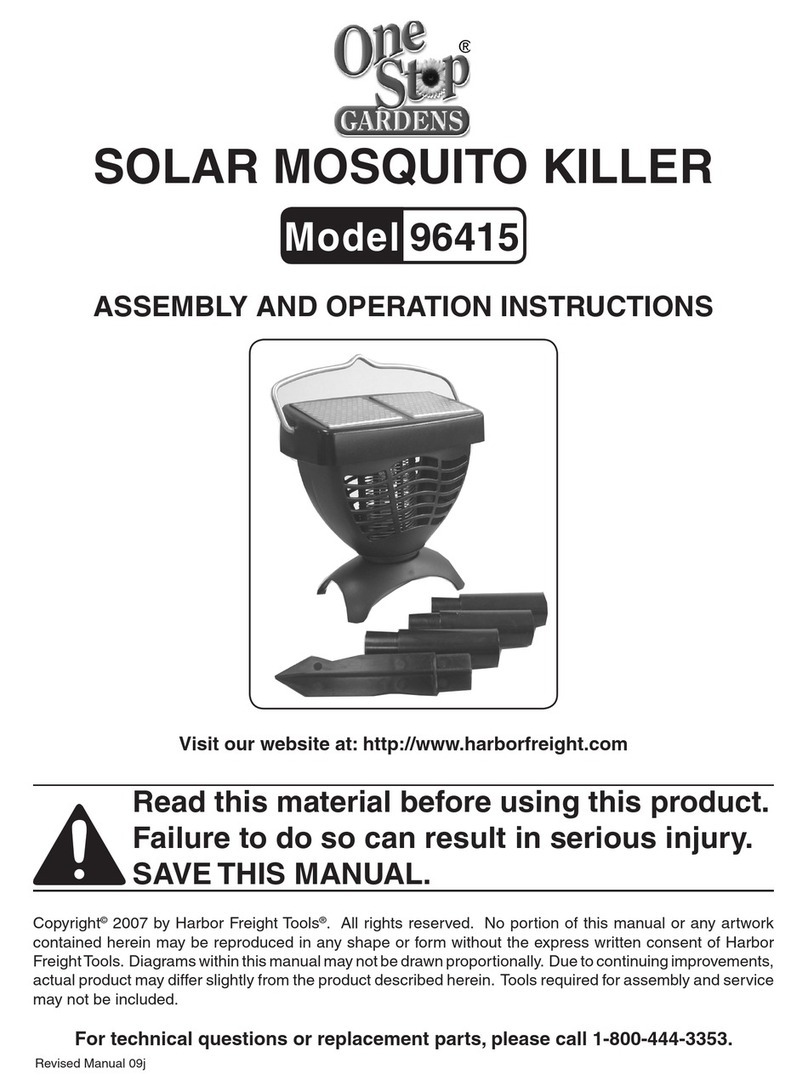
One Stop Gardens
One Stop Gardens 96415 Assembly and operation instructions
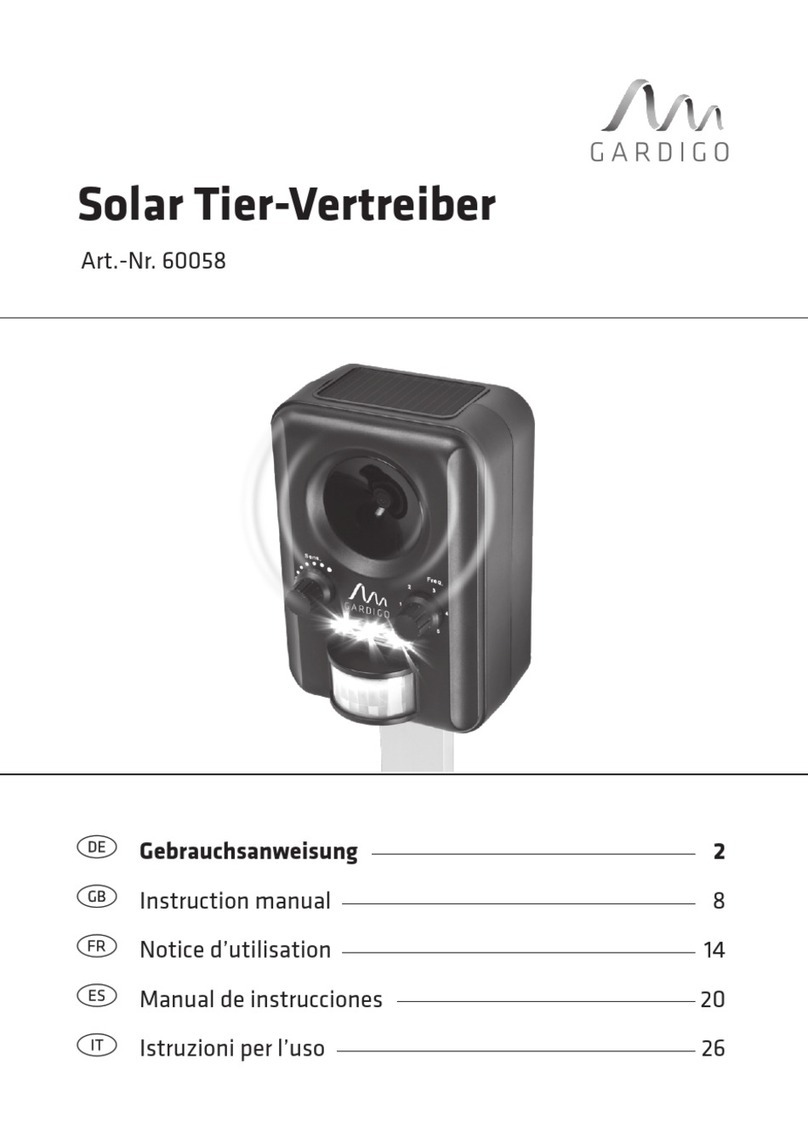
Gardigo
Gardigo 60058 instruction manual

Mosquito Magnet
Mosquito Magnet PIONEER Operation manual
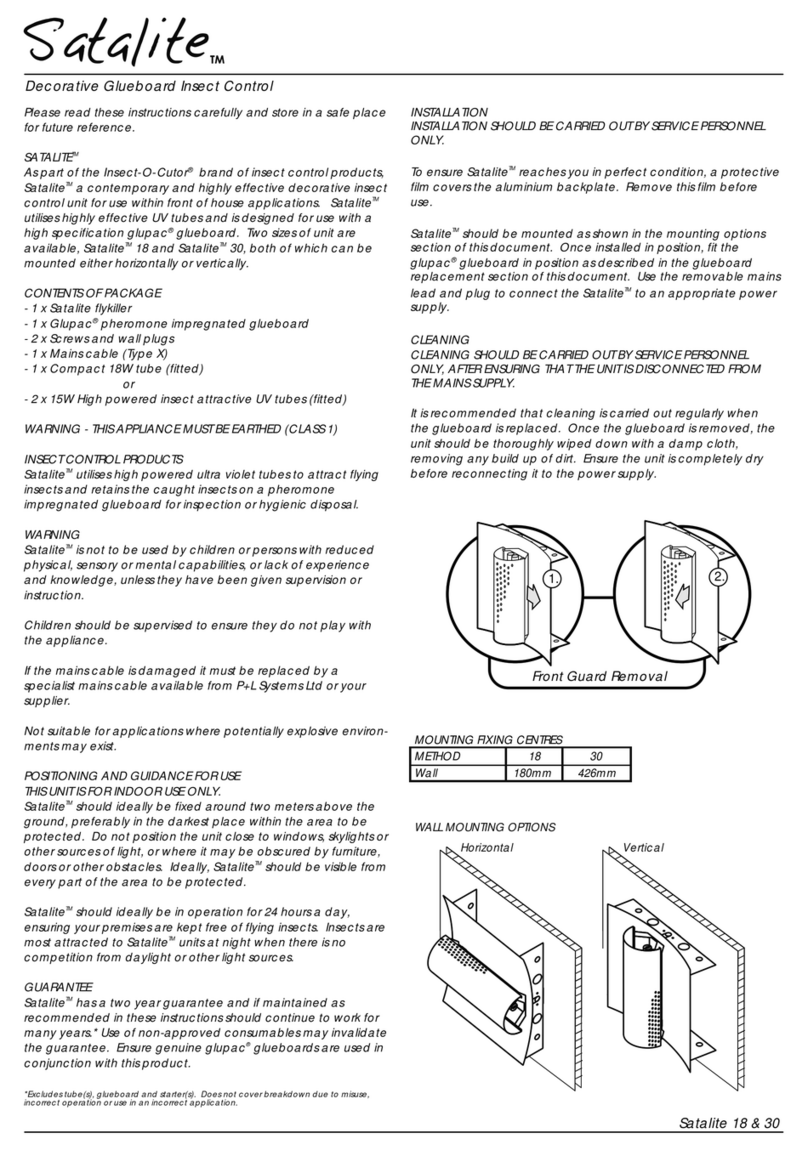
PL Systems
PL Systems Satalite 18 instructions
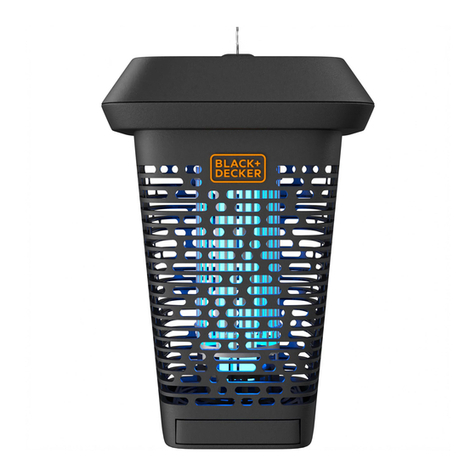
BLACK DECKER
BLACK DECKER BDPC912 instruction manual
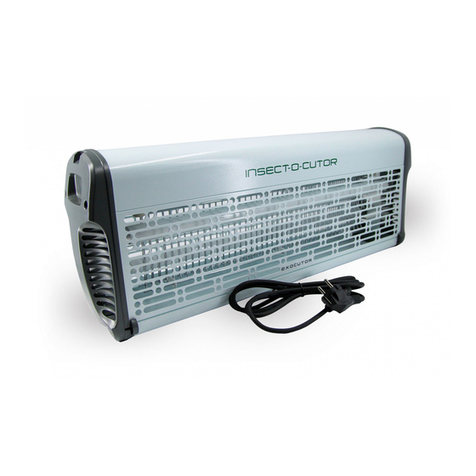
Synergetic
Synergetic Exocutor EX30 instructions
